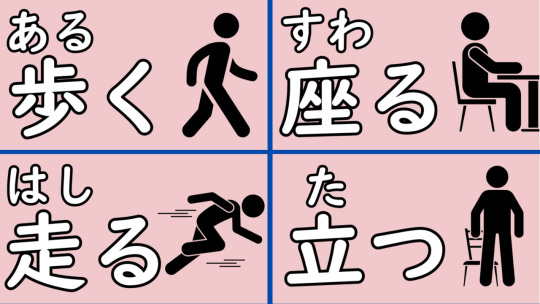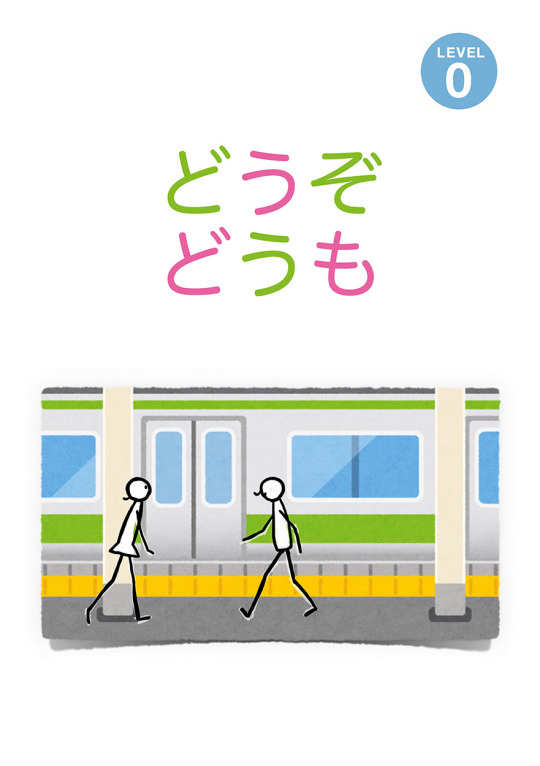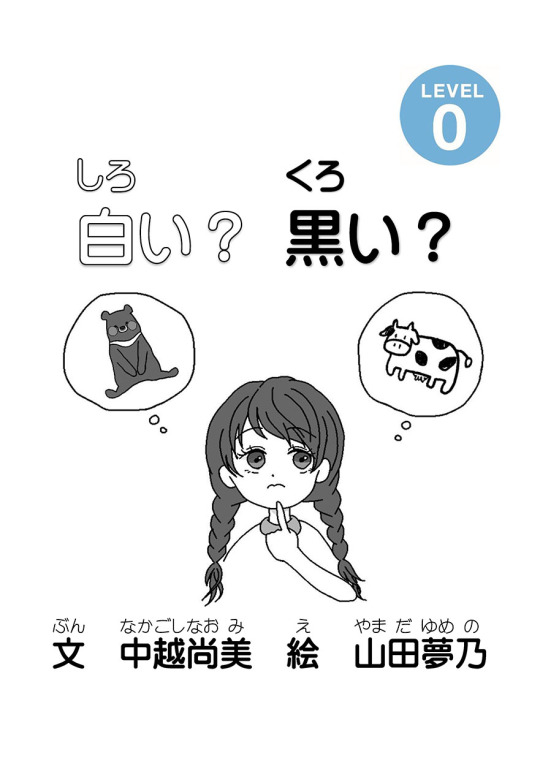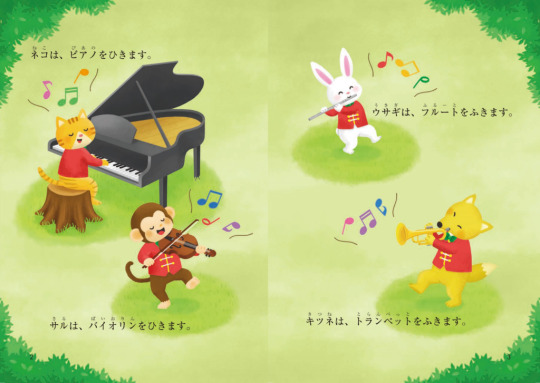#learn nihongo
Explore tagged Tumblr posts
Text



#japanese#learning japanese#langblog#japan#langblr#japanese vocab#anime#manga#tumblr language#japanese vocabulary#shinto#japanese shrine#shrine#kanji practice#kanji#hiragana#japanese fashion#japan travel#japanese language#japan girl#shrine maiden#kyoto#tokyo#nihongo#jjk#inuyasha
1K notes
·
View notes
Text
One of my Japanese colleagues told me that she's so bad at reading katakana that one time she was in a zoom meeting with her colleagues and one of them had their name in katakana and she just kept calling them "sensei" because she wasn't sure how to read their name 😂
So anyway I forgive myself for the time I went to the cup noodle museum and spent way too long trying to figure out what "cup taadoru" might be because I mixed up タ and ヌ
#nutcracker nihongo#japanese langblr#learning japanese#language blog#langblr#i told her about this and she was like 'aww カップタードルかわいい'
206 notes
·
View notes
Text
Duolingo alternatives
Duolingo’s been in the news for going all AI. Of course, if AI is your bag, that’s cool. But if you’re interested in learning language from resources made by real native speakers and humans…
Here are some suggestions…
Speaking/Listening
-Innovative Language (known for JapanesePod101, koreanclass101, spanishpod101 and their collection of 30+ language programs - teaches languages through conversations (you listen to a convo between two native speakers and then get it explained). Lessons are about 5–10 min on average in audio/video format https://www.innovativelanguage.com/online-language-courses
Pimsleur - similar approach as above but lessons are longer - 30 min and audio only - https://www.pimsleur.com
Reading
LingQ - learn by reading native content and breaking down the words inside. https://www.lingq.com/en/
ReadLang - a browser based tool that translates articles and books you read. https://readlang.com
Satori Reader - (for Japanese) - read level appropriate stories (my fav for reading)
Vocabulary
Anki - not sure if this needs extra explanation - most language learners love Anki’s flash card approach https://apps.ankiweb.net
Clozemaster - learn words in sentence context (instead of just words alone) https://www.clozemaster.com
#learn japanese#japanese#nihongo#japan#katakana#langblr#learn langauge#learn korean#learn spanish#learn French#learn Italian#learn Chinese#ai generated#duolingo#duo
198 notes
·
View notes
Text
How to Ditch Duolingo and Actually Learn Japanese
Want an alternative to Duolingo now that they're firing workers and resorting to AI slop? Here's a much better way to study Japanese.
312 notes
·
View notes
Text
Got a question for all those who studied or know the history of the Japanese language, how come they've never discovered or added the f, v or l sounds? It's not like they're difficult sounds to produce, they are pretty basic so I don't really understand how, especially "la" is so easy to create as a sound.
173 notes
·
View notes
Text
I have collected the four most basic Japanese verbs.


#japanese#日本語#japaneselearning#learn japanese#japanese kanji#jlpt#nihongo#japanese language#study japanese#kanji
249 notes
·
View notes
Text

血
血[chi] = blood
#詩#poem#poetry#visual poetry#concrete poetry#視覚詩#現代詩#japanese#文学#visual poem#日本語#漢字#Nihongo#kanji#japan#learn japanese#japanese langblr#langblr#text#text art#words#textmode#vispo#poésie visuelle#visual writing#visuelle poesie#poesia visiva#concrete poem#poesía concreta#poesia concreta
94 notes
·
View notes
Text
YouTube Channels for Kids by JLPT Levels
(。•̀ᴗ-)✧ resources

こんにちは, Japanese learners! Learning a language is an exciting adventure, isn't it? To add a spark of joy to your Japanese learning journey, here's a collection of YouTube channels tailored for kids. Organized by JLPT levels, these channels offer a blend of education and entertainment for learners at different stages. Keep in mind, though, that JLPT levels aren't an exact science like math – language learning can be subjective in terms of difficulty. However, these resources provide a fantastic starting point and a fun way to explore the world of Japanese language and culture. Let's hop into this delightful world of animated learning and playful discoveries!
Friendly reminder to adjust your way of learning in order to make the most of what you're studying to reach the goal you truly want! read my post about it (ᵔ◡ᵔ)
꒰ა ˚₊ ✧・┈・╴N 5 ╴・┈・𐑺 ‧₊˚໒꒱
— Curious George (N5 level)
— Japanese folk tales/anime series (Japanese audio/Japanese subtitles) from BomBom Academy (N5 level)
— Peppa Pig (N5-4 level)
— Anpanman (N5-4 level)
— NHK education (N5-4 level)
꒰ა ˚₊ ✧・┈・╴N4 ╴・┈・𐑺 ‧₊˚໒꒱
— Cinnamon Roll, Sanrio (N4 level)
— [Anime] Atashin'chi (N4-3 level)
꒰ა ˚₊ ✧・┈・╴N3 ╴・┈・𐑺 ‧₊˚໒꒱
— Sesame Street Japan (N3 level)
— Chibi Maruko Chan (N3-2 level)
꒰ა ˚₊ ✧・┈・╴N2 ╴・┈・𐑺 ‧₊˚໒꒱
— Precure (N2 level)
またね~@inkichan
꒰ა ˚₊ ✧・┈・╴﹕꒰ ᐢ。- ༝ -。ᐢ ꒱﹕╴・┈・𐑺 ‧₊˚໒꒱
#japanese#nihongo#studyblr#learn Japanese#learning Japanese#japanese langblr#langblog#japanese studyblr#日本語#study japanese#japanese resources#free resources#resources#japanese free resources#youtube#JLPT#JLPT N5
857 notes
·
View notes
Text

あいさつ!
Greetings!
86 notes
·
View notes
Text
部屋探し|Apartment Hunting

Let me share with you my current struggles on finding a place to stay in Japan with this long vocabulary list!
住宅(じゅうたく)housing, residential building
住宅街(じゅうたくがい)residential area
最寄り駅(もよりえき)nearest train station
共同住宅(きょうどうじゅうたく)residential complex, apartment house
不動産屋(ふどうさんや)real estate agent
物件(ぶっけん)object, property (real estate)
ネット上(じょう)on the internet
掲載する(けいさい)post, insert (advertisement)
家賃(やちん)rent
共益費(きょうえきひ)common fee, utility fee
加算する(かさん)add
月額(げつがく)monthly amount
初期費用(しょきひよう)initial costs
入居する(にゅうきょ)move into
翌月(よくげつ)next month
翌月分(よくげつぶん)next month's rent
礼金(れいきん)key money (fee paid for rental rights)
敷金(しききん)deposit
保証金(ほしょうきん)deposit
清掃費(せいそうひ)cleaning fee
火災保険料(かさいほけんりょう)fire insurance fee
内見(ないけん)viewing
賃貸(ちんたい)lease, rent
賃貸借契約(ちんたいしゃけいやく)rental contract
借り主(かりぬし)debtor, tenant
貸主(かしぬし)lender, landlord
大家さん(おおや)landlord
一時に(いちどき)at once
滞納(たいのう)falling behind (with a payment)
Moving into a Japanese property comes with high initial costs which can be broken down into numerous different fees. Unfortunately, share houses are not necessarily fully excluded from this, but it really depends on the company. I'm glad that I could take some time to work and save up money before going to Japan. The first month will be very expensive.
#語彙リスト#japanese langblr#langblr#studyblr#japanese studyblr#learning japanese#japanese vocabulary#japan#japanese#study blog#japanese language#japanese studyspo#study motivation#studyspo#study notes#vocabulary#vocabulary list#jlpt n1#nihongo#日本語#日本語の勉強#life in japan
294 notes
·
View notes
Text

The amount of study materials that I have physically (a.k.a. Books) is insane. I am just now realizing it.
















Yes I know it's stupid of me to have this much, but i like a variety of materials (even if they might be the same or not) ((the stuff in the last pic: One has just notebooks, the middle has various things, and the last set there are more elementary type learning?)) (( pic before that is word searches or crosswords))((with the magazines, the last plus a little of the middle are Junon magazines from years ago))
I also have a few learning varieties such as documents, photos and audio clips on my pc.
87 notes
·
View notes
Text

#japanese#langblog#learning japanese#japan#langblr#japanese vocab#manga#anime#tumblr language#japanese vocabulary#shojo#learn kanji#study kanji#kanji practice#hiragana#日本語#nihongo#tokyo#kyoto#kawaii#asian
180 notes
·
View notes
Text
I asked my supervisor - who has lived in Japan for 17 years, speaks fluent Japanese and reads Japanese documents/emails on a daily basis for work/general life (including helping us with complicated official paperwork) - how to read a fairly basic word (人物 - じんぶつ). He stared at it for a moment and was like, yeah I'm not actually 100% sure.
It's an N3 word btw, but those kanji are N5/N4.
If someone who's fluent in Japanese and has lived in Japan for 17 years and is generally pretty interested in languages doesn't always remember how to read N3 vocab then you really don't need to kick yourself for not remembering all the kanji readings all the time.
#he did say 'it's probably じんぶつ but it could be ひともの maybe i guess?'#and then like 'i know what it MEANS but i'm not 100% confident on the reading'#apparently even native japanese speakers will know the meanings of words sometimes but not necessarily the reading#nutcracker nihongo#japanese langblr#learning japanese#langblr#language blog
123 notes
·
View notes
Text
youtube
English/Japanese bilingual music… about dinosaurs!
And also quite a bop.
By Annie the Clumsy and Whaletalx

862 notes
·
View notes
Text
Japanese Reading Resources for Absolute Beginners
A question I encounter often is "How much Japanese should I study before I can begin reading in Japanese?"
From my experience as a learner and reader myself and from managing a Japanese book club for other learners I can honestly say that you can start way earlier than you probably think!
There are many resources that only require knowing hiragana. Those texts usually teach vocabulary through pictures and only use basic grammar.
Some are even simpler than that: The Japan Foundation's Hiragana Books are great for those, who are still remembering hiragana characters. Every short book introduces only 1-2 new characters, so it's a great reading exercise for those who've just started.

The free graded reader 「どうぞ、どうも」 by the NPO Tagengo Tadoku only uses the words 「どうぞ」 and 「どうも」 to write an entire story. Again, this makes for a great exercise in reading hiragana and understanding context. Another "level 0" recommendation by the same NPO would definitely be 「しろい?くろい?」. This book uses the full range of hiragana characters but the grammar is simple and all used vocabulary is illustrated.


Another site with great resources for absolute beginners is Nihongo Tadoku Dōjō. If you have memorized both hiragana and katakana and know how the particles を and で work you will be able to read this text about stationary (ぶんぼうぐ) and understand everything by looking at the pictures!

The resources linked so far can all be accessed completely free on the linked websites. If you have the money to spare, please also have a look at the box 「スタート」 from the series reberubetsu nihongo tadoku raiburarī published by the NPO Tagengo Tadoku and ASK (affiliate link). This box includes 8 little books in very simple Japanese.

All these texts for absolute beginners will get you started reading in Japanese with very little knowledge of characters and vocabulary.
Reading in Japanese is a skill that requires practice. But once you get used to it, it can be such a valuable tool to reinforce new vocabulary and grammar. So please don't wait until you're "ready" before you start reading - start early at your own level!
#my book reviews#reading in japanese#study japanese#learning japanese#日本語#japanese books#やさしい日本語#free graded readers#free tadoku graded readers#nihongo tadoku dōjō#absolute beginner level#japanese langblr#japanese language#japanese reading comprehension#japanese free reading resources#japanese reading resources
1K notes
·
View notes
Text
me: hey, japanese language might be convoluted but it's still very enjoyable to learn!
japanese language: oh! by the way the kanji for おいしい is 美味しい :)
me: one day i will kill you with my bare hands
#head in hands#gods give me the hardest battle (I have a god complex and this is all my fault)#studyblr#langblr#100 days of productivity#japanese language#japanese studyblr#japanese langblr#nihongo#why did I learn japanese#I did this to myself
237 notes
·
View notes